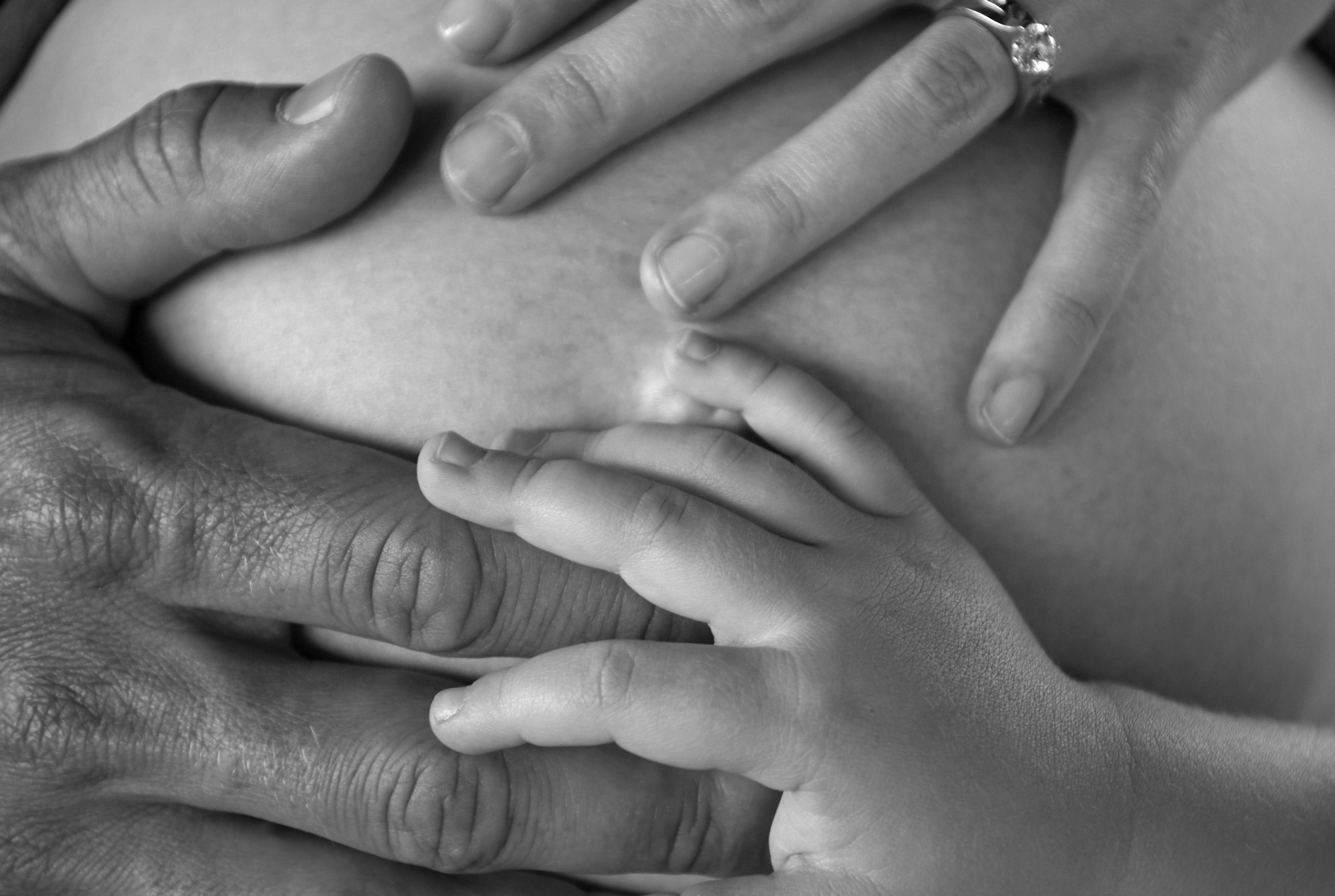
States, like Virginia, are not required to report fetal deaths as a component of their accident data; however, it is estimated that anywhere from 300-1,000 unborn babies die each year in car collisions. This fatality rate is significantly higher that the fatality rate of the next age group, infancy-four years, as stated by head of the Virginia School, Stephen Duma. He states that “the biggest danger in a crash is placental abruption, in which the placenta tears from the uterine wall. This causes bleeding in the mother, with the danger of hemorrhage, and also cuts off the blood supply to the baby.
One of the biggest problems for pregnant women is the steering wheel. Women sit too close to the steering wheel, and their abdomen compresses into their spine upon impact in an auto accident, a serious problem for mom and baby. Improper seat-belt use also contributes to this condition. Pregnant women should keep at least 4-5 inches between their bellies and the steering wheel. If this cannot be accomplished based on the range of the driver’s seat and length of the driver’s legs, pedal extensions should be considered. Also, correct seat belt placement is critical to safety and prevention of injury in a Charlottesville auto accident, for example. Pregnant women should always make sure that their seat belt sits below their bellies, low over the pelvis bones.
The main goal of the Virginia Tech study is to decrease injury and fatalities of pregnant women and their unborn babies in Virginia and throughout the United States through sophisticated advances in seat belt, steering wheel, and air bag design. A pregnant crash dummy dubbed “MAMA 2B” has a uterine area filled with fluid which is analyzed for pressure changes upon impact in a crash. Computerized, mathematical models are also being developed which simulate what happens to the “placenta, the baby’s skeleton and the baby’s brain” during a crash. Technological advances as a result of the study are expected to appear in vehicles anywhere from 5-15 years from the present.